Finally, we’ve got RFID. Does it sound scary?
– I’ll start with the good news: not at all! Is this supposed to be the end of the article?)
I will continue for the curious and forward-looking… But without unnecessary digital nonsense:
1. The technical part.
The RFID technology is just a general name for the type of receiving information from a tag, that is: an antenna, a capacitor and a CHIP, which contains the necessary previously stored information.
Guess what we will get in the case of tags like 13.56 MHz if we exclude the CHIP from the circuit? A typical RF tag. How come? The physics of reading tags of 8,2MHz and 13,56MHz is completely similar.
Frequencies and types of RFID tags:
1. 125-134kHz – it is used only with the contact method of reading and its range is extremely limited;
2. 13,56МГц – MHz – it can be used in the passage frame as a pass or reading data from boxes, but no further than 1-2 meters for high-quality data reading;
3. 860-928MHz UHF – with OUR range using special antennas at ultra-high frequencies it is possible to read up to 4-5 meters with a stable result;
4. 2,45+5.7GHz – it’s currently not used by the mass, this is a more specific system for reading tags from an even greater distance in order to track movement.
Why exactly was UHF (ultra high frequency) chosen?
The ratio of system price / tag(label) price / reading range.
1,2 1,2 are not suitable for reasons of low range and poor readability.
Option 4 is crazy expensive for retail with the cost of tags, but everything may change some day in the far future.
2. The physical form of tags.
We are only interested in the tags we need, others will only clutter up your attention.
Features:
dual antenna configuration usually 2*5cm
combined RFID + RF dual antenna square 4*4cm
other configurations do not work at this frequency due to the impossibility of transmitting power at this frequency. No spirals with a lot of turns at ultra-high frequencies work.
2) Hard sensors with embedded RFID tags:
Features:
– often marked with an RFID inscription;
that’s it… meaning in some cases you won’t be able to distinguish them from AM or RF visually if you don’t know the assortment of such tags, therefore I will post what I have in my database of photos from real clients.
What here needs to be noted:
1. 2-in-1 sensors from Sensormatic, which integrated RFID into their grey supertags before 2010 (AM tag and thin flat contour RFID);
2. 2-in-1 sensors from CheckPoint, which we also see somewhere at the beginning of 2010 (typical RF tag and RFID tag around);
3. Sensors from other manufacturers, which are increasingly ramping up production and filling the still empty niche.
Here’s an important point, all hard tags from each manufacturer have… the same tag code, meaning logically they are marked immediately as ANTI-THEFT SENSOR.
Meaning they are not programmable and do not carry any information about the item to which they are attached!
…. The juiciness of this important point is that if you have your own small store and you are tired of all these gates, you can… just install an RFID system, change the sensors and that’s it, without a complex software infrastructure tied to information in the sensors. Simply by specifying in the reader setting that such-and-such RFID is a sensor… DONE..

3. The physical form of tag readers.
!!! attention to those with experience… I think you’ll easily notice that the design of these readers does differ from manufacturer to manufacturer, just like AM or RF gates !!!
OVERHEAD MODELS:
NEDAP – features rounded shapes, built-in LEDs that look like dots (the thing with two black eyes is a visitor counter, pay it no mind):
b) built-in systems in the gate are also visible, for example:
Checkpoint has developed and implemented additional modules for its gates, which are installed directly on the gate frame; it is found in UNIQLO:
Sensormatic offers additional retrofit modules that are mounted with the panel on the latest model of AM Synergy gates, and the area of the frame (EAS gate) is completely covered.
In real, they haven’t been seen anywhere except test stores in the United States 🇺🇸 :
NEDAP has a separate line of models with an RFID module that looks like an extended part of the gate in the middle; it is found in DECATHLON:
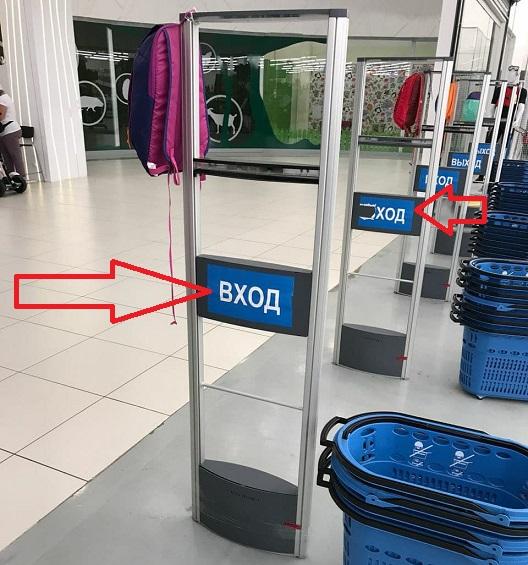
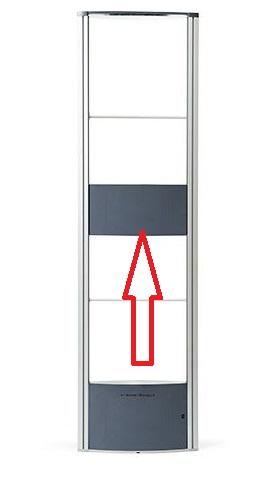
Modifications of box gates in DECATHLON have been also noticed, in which RFID modules were added:
The information from the tags is read in a rather narrow directional zone of the emitter-reader; they are not omnidirectional. Therefore, they are located along all entry-exit zones of the store or above the checkout areas.
4. Vulnerabilities.
RFID tags are extremely vulnerable to physical impact, it is enough to break in half or fold in half if it is an elongated tag.
As well as RF, they are not read if they are glued to metal objects, the wave does not pass through the metal and reading is possible only in direct visibility under conditions of radio transparency of obstacles.
And there are two more factors that reduce the reading of information: liquid (it is almost impossible to protect plastic bottles) and position in space relative to antennas by some manufacturers.
Just the first two factors multiply by 0 the chances of a full replacement of all other anti-theft systems.
What we can do for you?
— Under the conditions of the necessary and correct noise in the reading range, it is almost impossible to obtain digital information from the tag chip. Therefore, in our near-term plans we’ll create a special-purpose RFID jammer. It will most likely be combined with other jammers and be an additional option.
5. Prospects.
Now I do not see any chances for a full-fledged implementation in other even very large chain stores of the “non-clothing” segment. The cost of tags is high as well as the cost of hardware and software.
Grocery chains are very greedy for such expenses, and what concerns electronic stores or perfumery, even without the use of RFID, they have sufficiently high-quality methods of warehouse solutions.
What have we missed?
— RFID is not only tags and readers … it is very expensive software, it is additional computing power and its administration, these are readers and inventory control with the entire complex of RFID use from the factory to the hands of the buyer. Otherwise, all this does not make sense and repayment. You can study the details of commercial proposals and motives for implementation on a fairly high-quality page:
https://www.cisper.nl/en/case-studies/decathlon-uses-tageos-rfid-labels-to-identify-millions-of-items-worldwide
Which networks are most likely to start using RFID in the future?
— I bet on the H&M network, as they install only NEDAP gates with the built-in RFID module at all new points. The closest to the introduction are ADIDAS and NIKE, since they have been marking most of the goods from the factory for a long time and have warehouse RFID accounting methods. Small local-scale networks have not been noticed for such a development, they are not involved in implementation at all, even without a kind of attempt.
6. The way it works through the eyes of a shoplifter and a security guard.
An item for sale with a tag has a code in the chip for this particular item (in fact, the serial number is assigned at the factory).
When you approach the reading area with this thing and a tag, a notification is sent to the guard’s special smartphone that:
such-and-such thing was in the zone of such-and-such reader, then the guard will come up to you if he was at that moment nearby and ask you “got caught?)”…
No, first, he will ask you where this particular thing is. Then he will check you with a handheld reader that has a narrower search area and will find the tag. But such handheld readers are also very expensive, so it is not a fact that you will see them in reality.
But if the item was at the checkout, the RFID of this item was read and the item went through the check, the notification will not come, but everything will be displayed in the smartphone program and on its screen. Consequently, even the purchased item will go to the store base with the mark “left the store”.
What can you do with this information?
— A question to your imagination, I won’t give you clues or teach shadowy schemes..









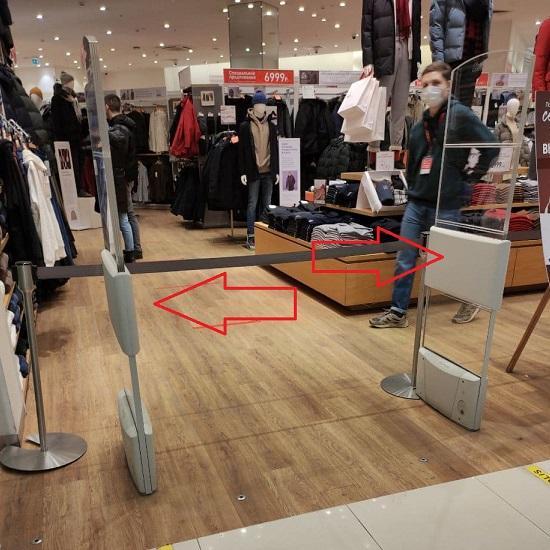
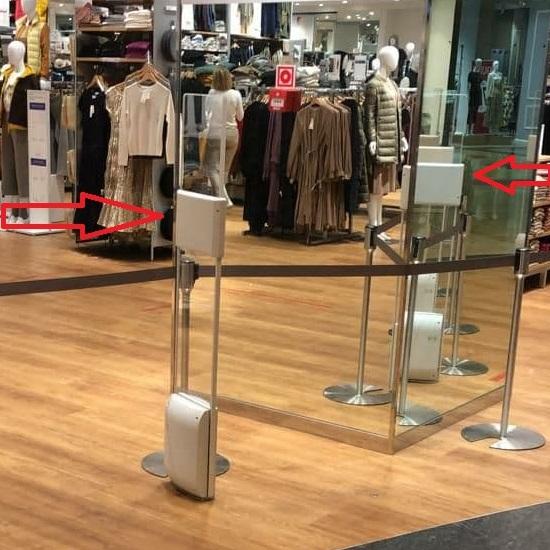
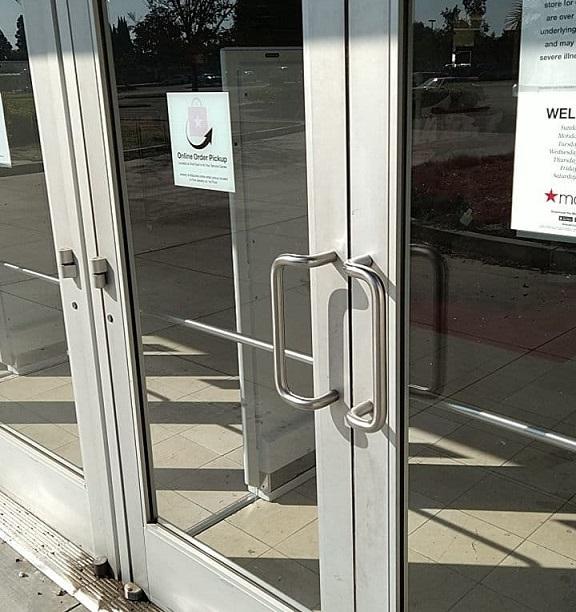
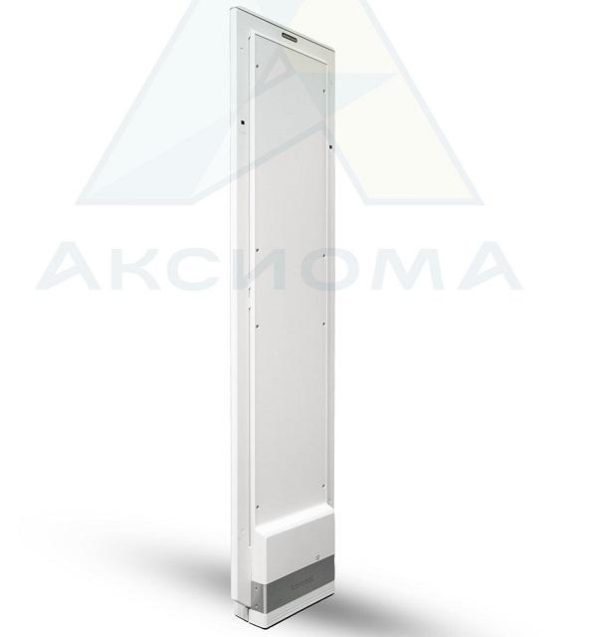
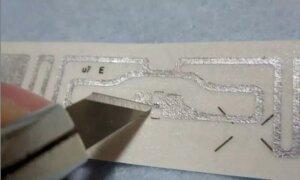
Броник форева)
XXL Sweden, Malmö started with RFID
Я в декатлоне меняю рфид наклейки с дорогих вещей и ставлю в карман наклейки за минимальную цену,потом иду на кассу самообслуживания ,там даже есть человек который наблюдает он не посмотрит на сумму ,им всем пофиг в конце дня либо в обеденное время когда очень много народа ….
То то я их вижу даже на пакетиках с орехами, в виде наклейки со штрихкодом
Каждый раз узнаю чтото новое. Спасибо 🙂
А рфид метки эти фольгой или тканью глушатся или нет?